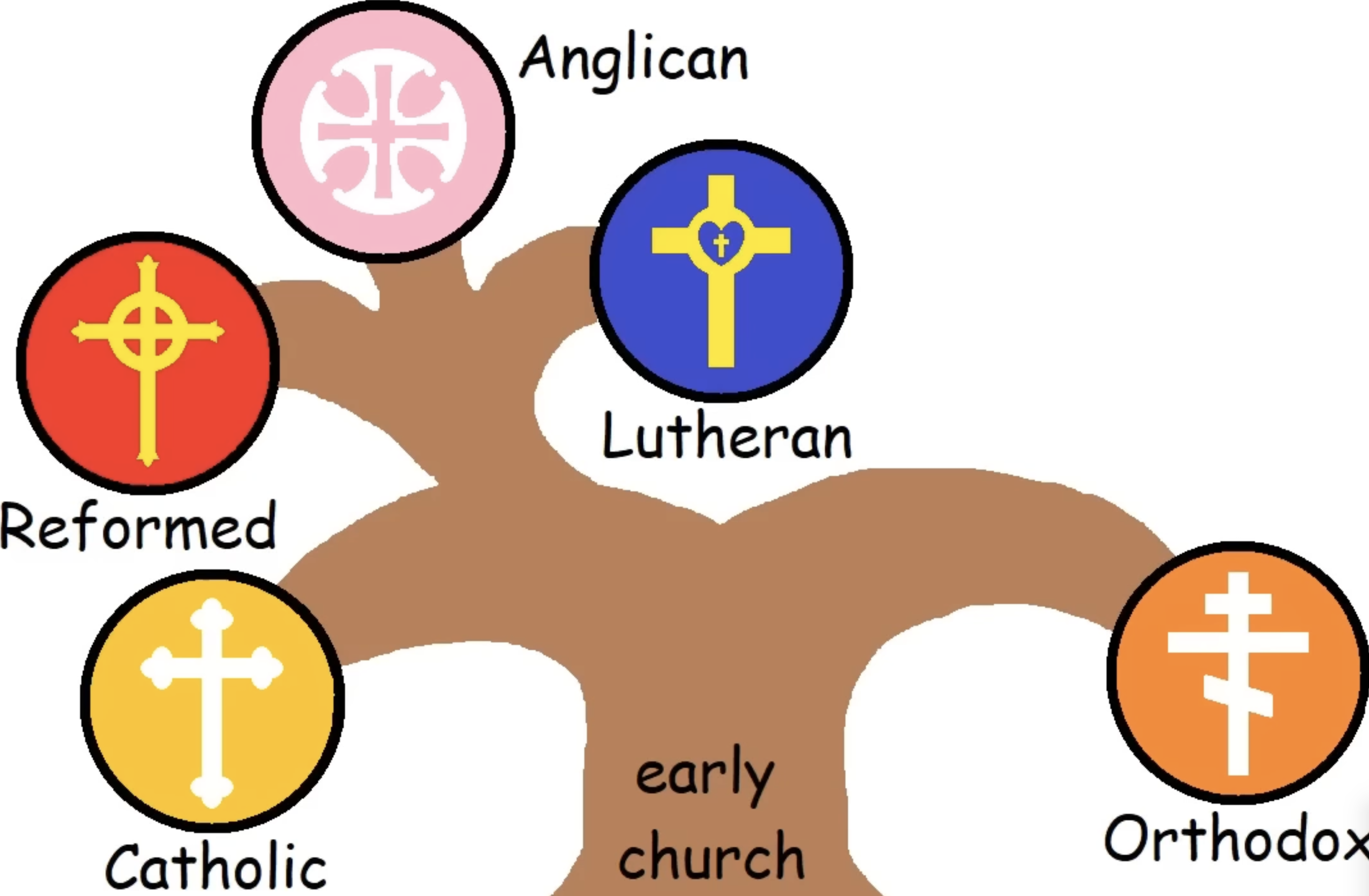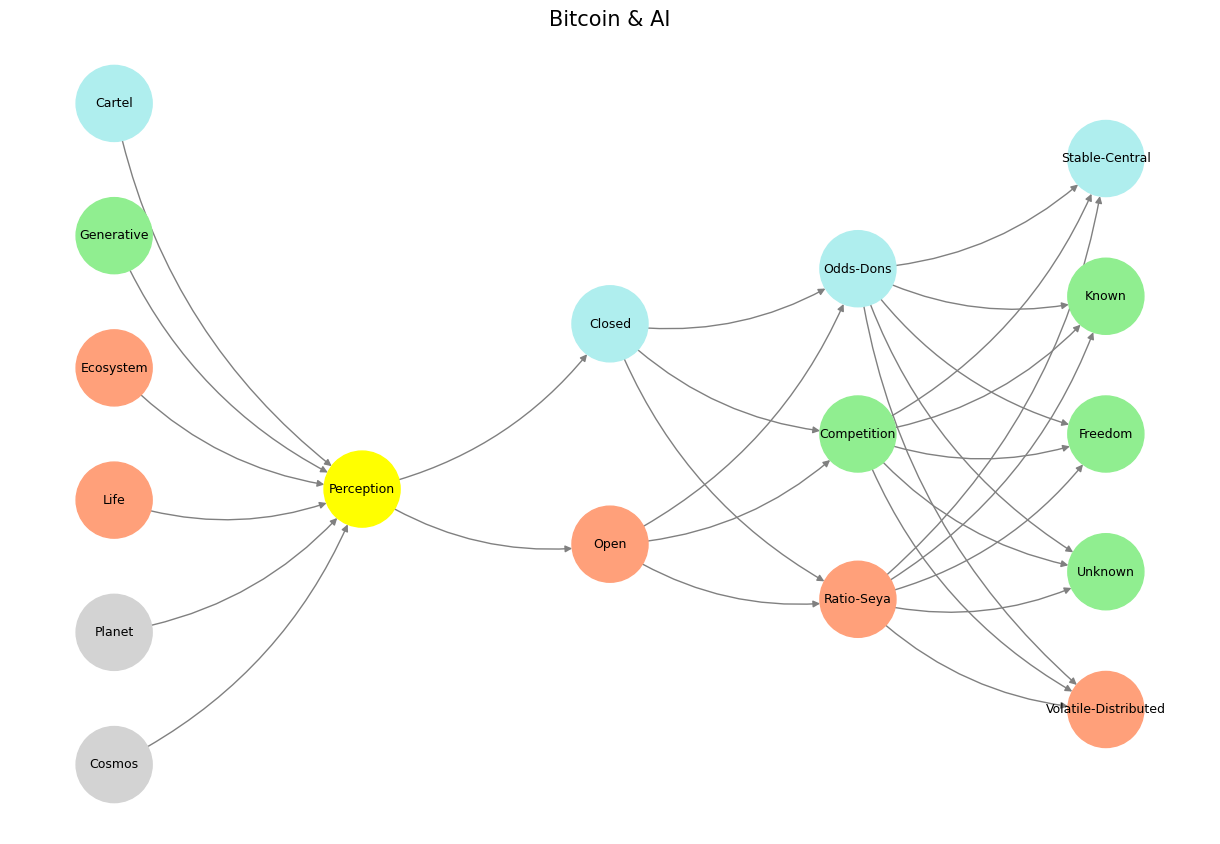Woo’d 🗡️❤️💰#
Victorian England, as a cultural epoch, sought resolutions that were both definitive and moral, an impulse reflected deeply in its literature. The Victorian novel, emerging as a dominant form in the 19th century, was marked by its cadence—an almost musical resolution that brought disparate themes, characters, and conflicts into harmony. This harmony, however, was not incidental. It was a deliberate act of moral engineering, where narrative conclusions served as ethical and social punctuation marks. Much like Anthony Capella’s narrator in The Various Flavors of Coffee, who feels compelled to derive a conclusion from his memoir despite Goethe’s admonition, the Victorian era was driven by a similar desire: to distill meaning from life and to satisfy the unyielding Victorian in themselves.
In these novels, the resolution was rarely ambiguous. It was a moral inevitability, shaped by the era’s faith in progress, social order, and personal redemption. Charles Dickens, George Eliot, and the Brontë sisters all exemplified this structure. The conclusions of their works—whether Pip’s humble reckoning in Great Expectations, Dorothea’s quiet heroism in Middlemarch, or Jane Eyre’s hard-won marital harmony—were cadences designed to align individual struggles with collective values. They embodied the Victorian ideal that life, though fraught with trials, could ultimately resolve into a state of moral and social equilibrium.

Fig. 8 What Exactly Is It About? Might it be about fixed odds, pattern recognition, leveraged agency, curtailed agency, or spoils for further play? Grants certainly are part of the spoils for further play. And perhaps bits of the other stuff.#
This tendency was not merely literary but reflected the broader ethos of Victorian society, which sought to stabilize the chaos of industrialization, urbanization, and empire with a moral framework. Etiquette, religion, and class hierarchies functioned as the reflexive ganglia of this system, reinforcing stability through repeated patterns of behavior. The Victorian novel’s cadence mirrored these societal mechanisms, offering resolutions that reassured readers of the triumph of order over entropy.
Yet, this resolution came at a cost. Victorian narratives often imposed constraints on their characters, confining them within the rigid moral and social structures of the time. Hardy’s Tess of the d’Urbervilles stands as a testament to this tension, where Tess’s tragic fate underscores the limitations of Victorian morality even as it adheres to its cadence. The very system that sought to optimize harmony also created dissonance, highlighting the cost of suppressing individual freedoms for collective stability.
Capella’s narrator, torn between Goethe’s ideal of artistic freedom and the Victorian impulse for moral purpose, embodies this duality. The conclusion he writes is not just an act of self-pleasure but a reflection of the Victorian legacy—a compulsion to find meaning, to impose order, and to satisfy the “damn well” need for resolution. The Victorian era optimized this same impulse, producing a literary tradition that sought to resolve the complexities of human experience with a final cadence that, for all its harmony, carried the weight of its constraints.
What, then, did Victorian England optimize? It optimized the cadence of resolution—a moral, social, and literary closure that reflected the ethos of an age striving to reconcile progress with tradition, chaos with order, and individual desire with collective morality. It is a cadence that still resonates, inviting us to question whether the resolutions we seek today are echoes of that same Victorian longing or the emergence of something entirely new.
Show code cell source
import numpy as np
import matplotlib.pyplot as plt
import networkx as nx
# Define the neural network fractal
def define_layers():
return {
'World': ['Cosmos', 'Planet', 'Life', 'Ecosystem', 'Generative', 'Cartel', ], ## Cosmos, Planet
'Perception': ['Perception'], # Life
'Agency': ['Open', 'Closed'], # Ecosystem (Beyond Principal-Agent-Other)
'Generative': ['Ratio-Seya', 'Competition', 'Odds-Dons'], # Generative
'Physical': ['Volatile-Distributed', 'Unknown', 'Freedom', 'Known', 'Stable-Central'] # Physical
}
# Assign colors to nodes
def assign_colors():
color_map = {
'yellow': ['Perception'],
'paleturquoise': ['Cartel', 'Closed', 'Odds-Dons', 'Stable-Central'],
'lightgreen': ['Generative', 'Competition', 'Known', 'Freedom', 'Unknown'],
'lightsalmon': [
'Life', 'Ecosystem', 'Open', # Ecosystem = Red Queen = Prometheus = Sacrifice
'Ratio-Seya', 'Volatile-Distributed'
],
}
return {node: color for color, nodes in color_map.items() for node in nodes}
# Calculate positions for nodes
def calculate_positions(layer, x_offset):
y_positions = np.linspace(-len(layer) / 2, len(layer) / 2, len(layer))
return [(x_offset, y) for y in y_positions]
# Create and visualize the neural network graph
def visualize_nn():
layers = define_layers()
colors = assign_colors()
G = nx.DiGraph()
pos = {}
node_colors = []
# Add nodes and assign positions
for i, (layer_name, nodes) in enumerate(layers.items()):
positions = calculate_positions(nodes, x_offset=i * 2)
for node, position in zip(nodes, positions):
G.add_node(node, layer=layer_name)
pos[node] = position
node_colors.append(colors.get(node, 'lightgray')) # Default color fallback
# Add edges (automated for consecutive layers)
layer_names = list(layers.keys())
for i in range(len(layer_names) - 1):
source_layer, target_layer = layer_names[i], layer_names[i + 1]
for source in layers[source_layer]:
for target in layers[target_layer]:
G.add_edge(source, target)
# Draw the graph
plt.figure(figsize=(12, 8))
nx.draw(
G, pos, with_labels=True, node_color=node_colors, edge_color='gray',
node_size=3000, font_size=9, connectionstyle="arc3,rad=0.2"
)
plt.title("Bitcoin & AI", fontsize=15)
plt.show()
# Run the visualization
visualize_nn()


Fig. 9 This is an updated version of the script with annotations tying the neural network layers, colors, and nodes to specific moments in Vita è Bella, enhancing the connection to the film’s narrative and themes:#

